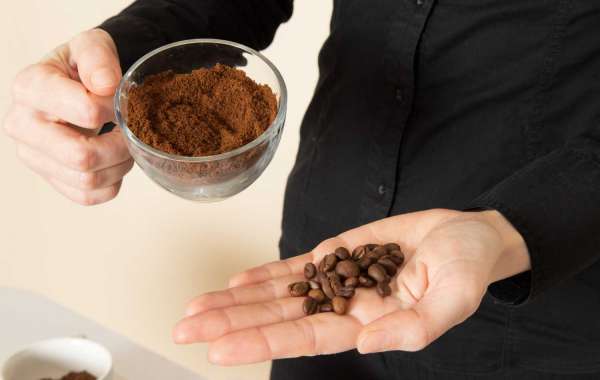A sewer lateral connection is the crucial link between your property and the municipal sewer system. To ensure a reliable and long-lasting connection, choosing the right material is essential. The durability, cost, and installation requirements of different materials can significantly impact the overall performance of the sewer lateral. Below, we explore the top materials commonly used for sewer lateral connections to main sewer line and their unique benefits.
PVC is one of the most popular materials for sewer lateral connections due to its versatility and cost-effectiveness.
Advantages:
Lightweight and easy to handle, making installation quicker and less labor-intensive.
Resistant to corrosion and chemical damage, ensuring long-term performance.
Smooth interior surface minimizes the risk of clogs and blockages.
Considerations:
Vulnerable to damage from extreme temperatures and heavy external loads.
HDPE is known for its flexibility and durability, making it an excellent choice for sewer laterals in areas with ground movement.
Advantages:
Highly resistant to cracks and fractures due to its flexibility.
Strong against chemical exposure and environmental stress.
Heat-fused joints provide leak-proof connections.
Considerations:
Requires specialized equipment for installation, potentially increasing costs.
Clay pipes have been used for centuries in sewer systems and are still a viable option in certain scenarios.
Advantages:
Naturally resistant to chemical corrosion and environmental degradation.
Eco-friendly and made from natural materials.
Considerations:
Brittle nature makes them prone to cracking under heavy loads or ground shifts.
Heavier than other materials, requiring more labor during installation.
Cast iron is a traditional material for sewer lines that remains popular due to its strength and noise-dampening properties.
Advantages:
Extremely durable and capable of withstanding heavy loads.
Excellent at reducing noise from wastewater flow.
Resistant to fire and high temperatures.
Considerations:
Susceptible to rust and corrosion over time unless properly coated.
Heavier and more challenging to install compared to modern materials.
CIPP is a trenchless technology often used to rehabilitate existing sewer lateral connections.
Advantages:
Minimally invasive, reducing the need for excavation.
Creates a seamless, joint-free interior, reducing the risk of leaks and blockages.
Durable and long-lasting, with resistance to corrosion and root intrusion.
Considerations:
Best suited for repair or relining of existing pipes rather than new installations.
Factors to Consider When Choosing the Right Material
When deciding on the material for a sewer lateral connection, consider the following:
Soil and Ground Conditions: Some materials, like HDPE, are better suited for areas prone to ground movement.
Cost and Budget: PVC is cost-effective, while HDPE and cast iron may require higher upfront investments.
Longevity: Durable materials like cast iron and HDPE can provide decades of reliable service.
Installation Requirements: Materials like clay and cast iron may involve more labor and higher installation costs.
Environmental Impact: Eco-friendly materials like clay or recycled HDPE contribute to sustainability efforts.
Conclusion
Choosing the right material for your sewer lateral connection to the main sewer line is a critical decision that can impact the longevity and reliability of your wastewater system. PVC and HDPE are excellent choices for most modern installations, while cast iron and clay offer specific advantages for unique scenarios. Consulting with a professional plumber or contractor can help ensure that the chosen material aligns with your property's needs, local regulations, and budget. By investing in high-quality materials, you can prevent costly repairs and enjoy a trouble-free sewer connection for years to come.









